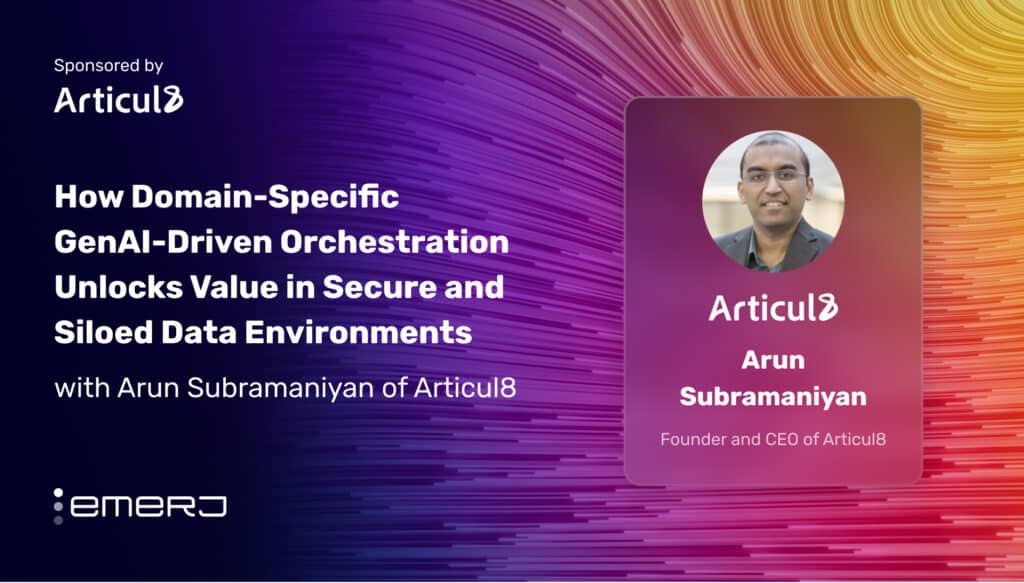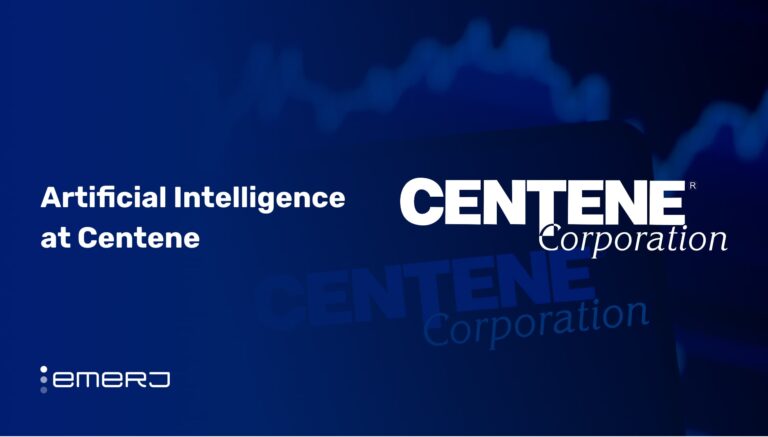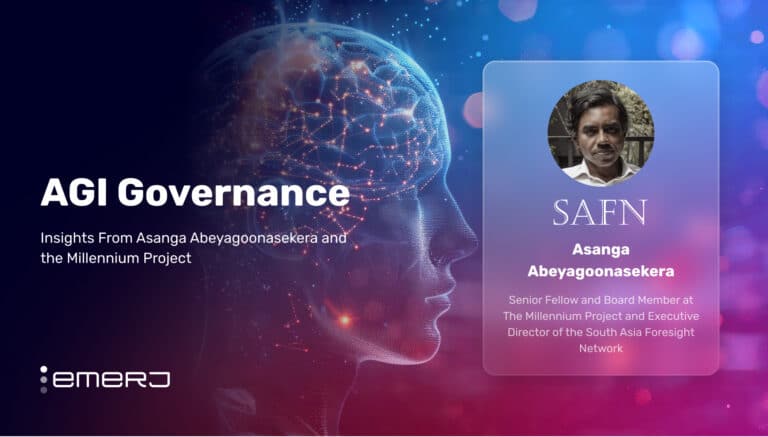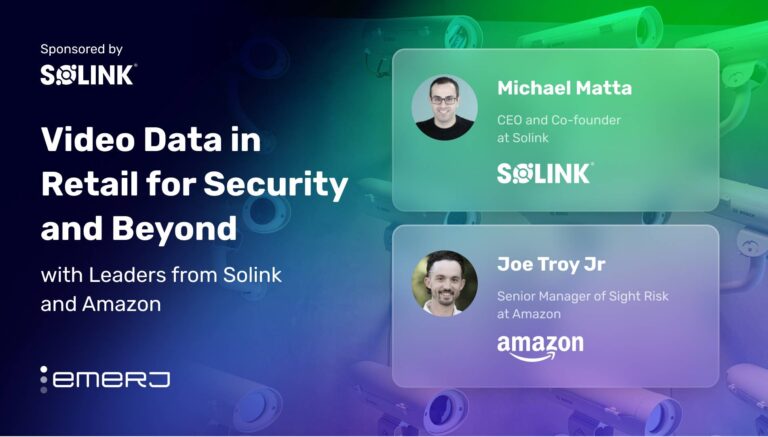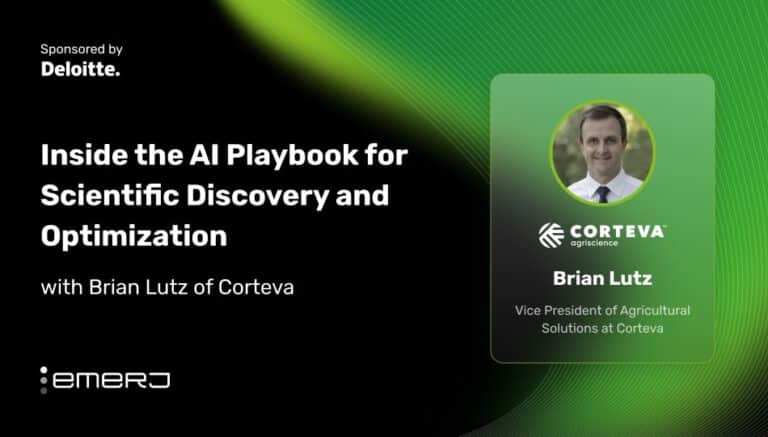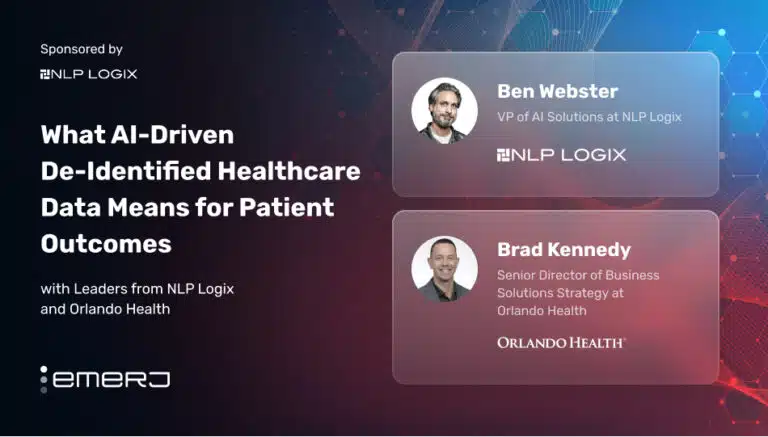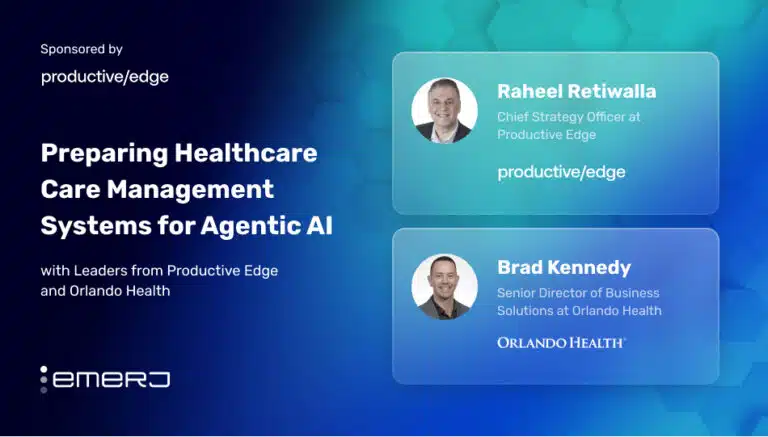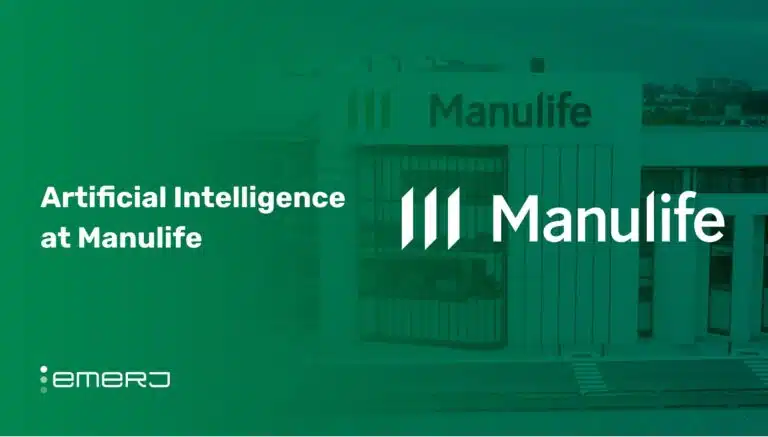This interview analysis is sponsored by Articul8 and was written, edited, and published in alignment with our Emerj sponsored content guidelines. Learn more about our thought leadership and content creation services on our Emerj Media Services page.
Enterprises today face mounting pressure to transform vast, fragmented data into actionable insights, but legacy systems and siloed teams often hinder progress.
According to a report by IDC in partnership with IBM, 81% of IT leaders cite data silos as a significant barrier to digital transformation. Data challenges must be addressed before enterprises can leverage advanced AI systems that reason across context, orchestrate specialized models, and enable transformative business outcomes.
Emerj Editorial Director Matthew DeMello recently sat down with Arun Subramaniyan, Founder and CEO of Articul8, to talk about how coordinated, reasoning AI models, working together as a “model mesh,” can break down complex business questions and deliver measurable, high-value outcomes.
This article provides a deeper analysis of key highlights from their conversation, emphasizing the need for context-aware, multi-model AI systems that extend beyond productivity boosts to address complex problems with a clear business impact.
Legacy leaders reading this analysis will find critical insights for deploying “model mesh” strategies in two crucial areas of advanced AI deployment:
- Breaking silos by orchestrating specialized AI models: Unifying fragmented enterprise teams and data systems through coordinated, domain-specific AI models to enable faster, more intelligent business decisions at scale.
- Solving complex use cases with context-aware AI: Using context-aware, multi-model AI architectures to break down complex queries, orchestrate specialized tools, and deliver measurable enterprise outcomes.
Guest: Arun Subramaniyan, Founder and CEO, Articul8
Expertise: Deep Learning, Machine Learning, Bayesian Statistics
Brief Recognition: Arun is the founder of Articul8 and has a broad interdisciplinary background in scientific research, including aerospace engineering, probabilistic physics, machine learning, and optimization, with over 50 international publications, 18 granted patents, 990 citations, and a h-index of 13. He earned his PhD in Aeronautics Engineering at Purdue University.
Breaking Silos by Orchestrating Specialized AI Models
Arun opens the conversation by pointing out that while organizations may differ in size or sector, their internal structures often resemble one another strikingly, especially when it comes to managing data. Most enterprises have a CIO or CTO office overseeing data management teams, alongside separate application teams.
However, these groups frequently operate in silos, which creates friction when trying to access the correct data needed to build applications that drive business outcomes.
For example, when a business leader wants to assess a potential investment, identify a new sales channel, or plan a go-to-market strategy, they need insights like which product was used by which customer, what feedback was shared, and how competitors are positioning their offerings.
Today, much of this work involves manually stitching together data from various systems and teams. Arun argues that the real value lies in connecting these disparate data sources, creating a unified, intelligent system that can surface the right insights when needed. The underlying infrastructure that enables this kind of connected intelligence is consistent across organizations, regardless of industry.
He segues to explain that general-purpose AI models are helpful but not enough for high-value business use cases. He compares them to high school students, who are good at general tasks but lack depth. Domain-specific models, such as finance-trained AIs, are more akin to college graduates with industry knowledge.
When further trained on a company’s internal data and practices, these models become like experienced employees. This layered approach, from general to domain to enterprise-specific, is key to delivering accurate, business-critical insights and forms the core of his company’s mission.
He then describes the concept of a “model mesh”, a coordinated system of multiple AI models working together, much like a team of human experts. Instead of relying on a single model, different models — each with its own strengths, such as coding, translation, or domain-specific knowledge — collaborate to solve complex tasks.
Solving Complex Use Cases with Context-Aware AI
The real challenge, Arun notes, lies in orchestrating this system: knowing which model to use for which task and how to make them work seamlessly together. He then explains that the term model mesh reflects how the system works, more like a network of reasoning agents than a simple, rules-based flow.
Unlike traditional orchestration, which follows preset instructions, model mesh adapts dynamically based on context, much like humans assess who is asking a question before responding. For instance, we answer differently depending on whether a question comes from a child or an expert; general models typically don’t account for this nuance.
The model mesh acts as an intelligent system that determines which models and tools to use based on the question, available data, and context, sometimes breaking down a complex query into smaller parts and reassembling the answer.
Arun likens it to a reasoning system, a step beyond simple automation, where multiple models with different specializations collaborate, much like agents equipped with tools such as web search or calculators. In this sense, the model mesh functions as an agent of agents, coordinating these components to deliver a well-reasoned, context-aware response.
Arun explains that answering even a seemingly simple business question, such as analyzing Tesla’s R&D investment compared to that of competitors, actually involves breaking it down into multiple sub-questions and gathering data from various sources.
“Today, when we ask a complex question, we typically gather information from multiple sources — whether it’s Google or various AI tools — and synthesize the answer ourselves.
What we’re now seeing with agentic systems is that this kind of reasoning and synthesis is increasingly being done by the technology itself, often reaching 90 to 95 percent of what a human would do. The delight we once felt getting a direct answer from a search engine isn’t enough anymore. These new systems go further by coordinating across multiple models and tools to deliver far more valuable and complete responses.”
— Arun Subramaniyan, Founder and CEO at Articul8
Arun emphasizes that his team is intentional about not starting any AI project unless the customer already has a straightforward way to measure outcomes. Without measurable goals, such as improvements in data scale, accuracy, or speed, the project risks becoming a cool proof of concept that never makes it to production.
For AI to deliver real business value, there must be both a measurable impact and a business stakeholder who is accountable for that outcome.
Arun concludes on a note of caution for executives, advising them to steer clear of planning AI efforts solely on productivity gains, noting that such use cases quickly become table stakes. Instead, he recommends targeting problems that are currently hard or nearly impossible to solve. These high-difficulty areas offer precise, objective measurements of impact, eliminating the need for subjective interpretation of results.


